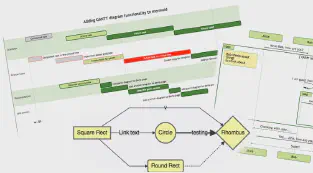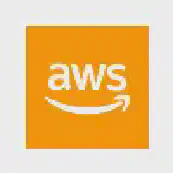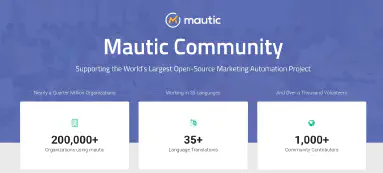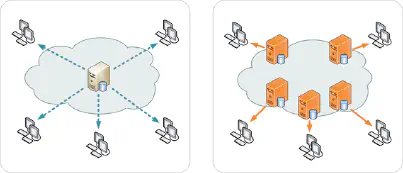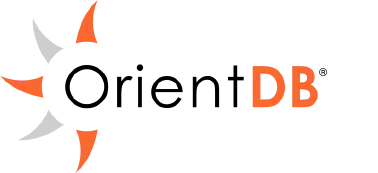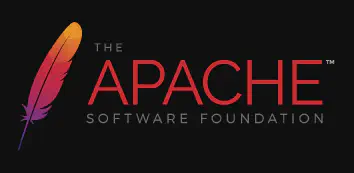
Eight Ways to Make It Pay
The internet is evolving rapidly, and so too are the ways in which website owners can generate revenue through their websites. In 2023, website monetization will no doubt look drastically different than it does today as new trends and technologies emerge. To help you get a better idea of what the future might hold, here is our list of the top 8 ways to monetize a website in 2023.
...


